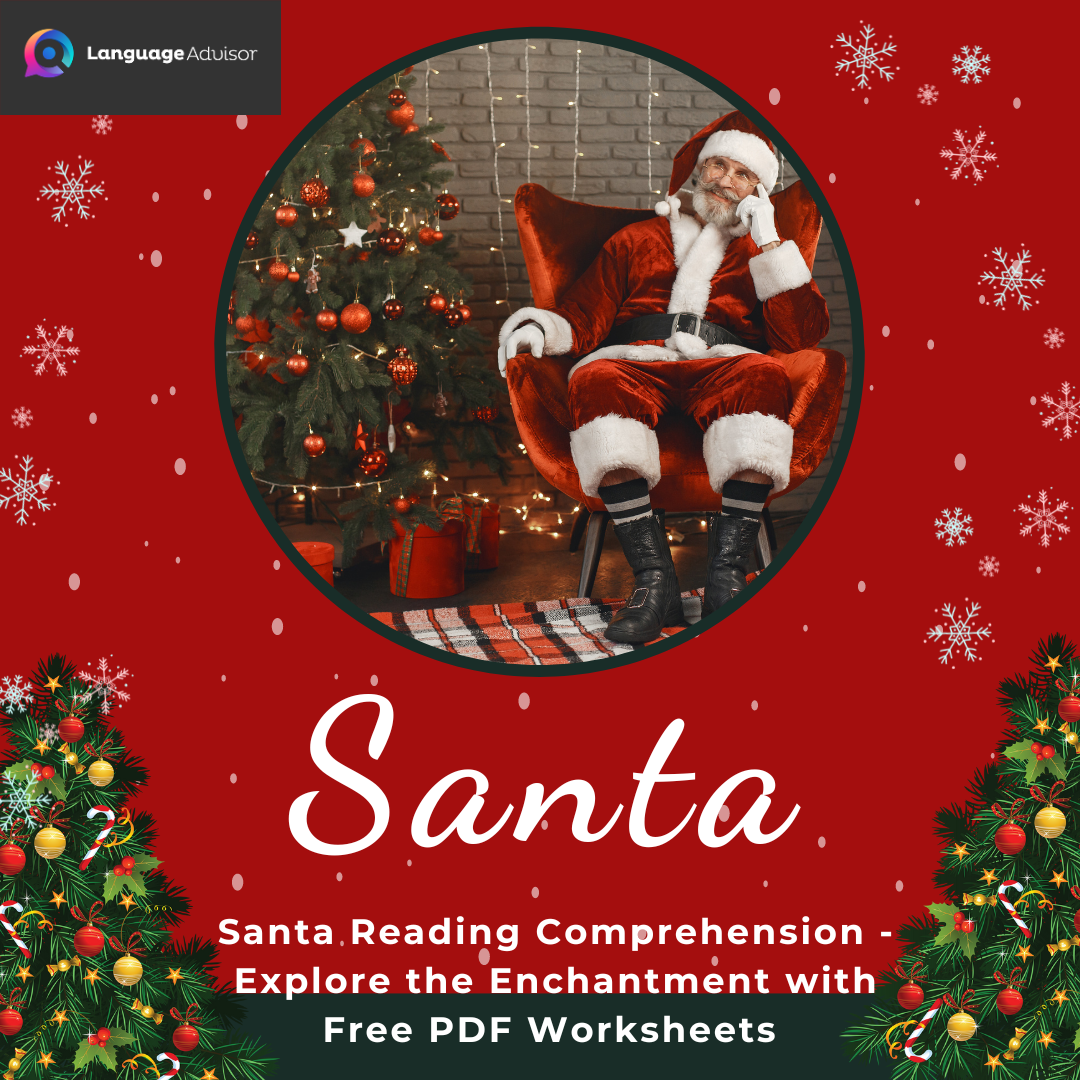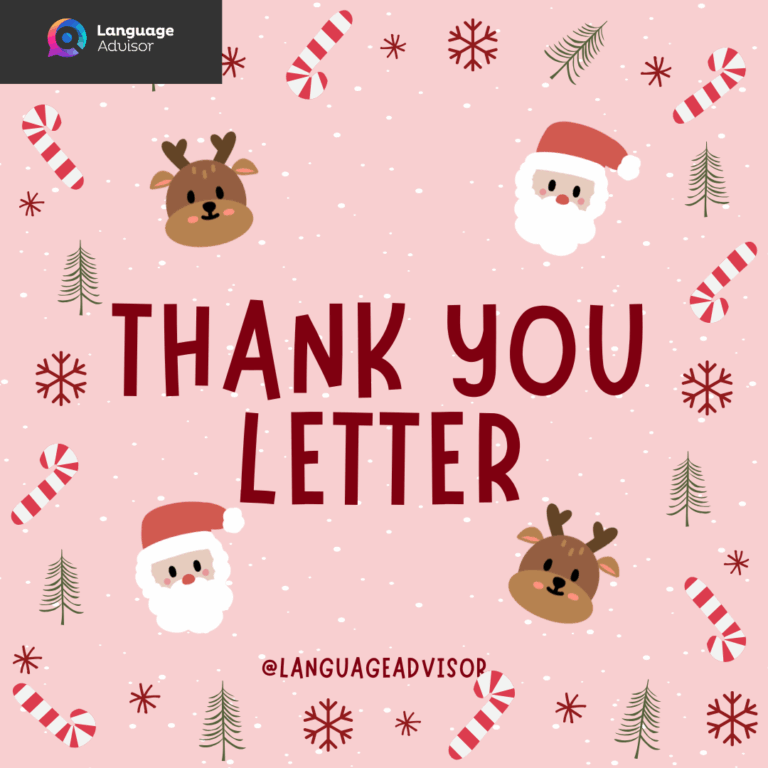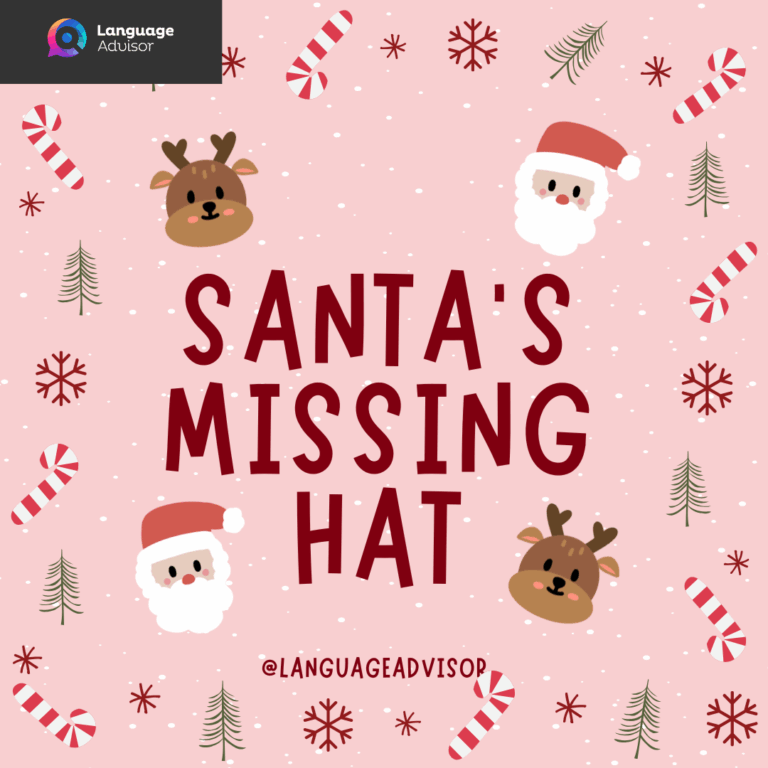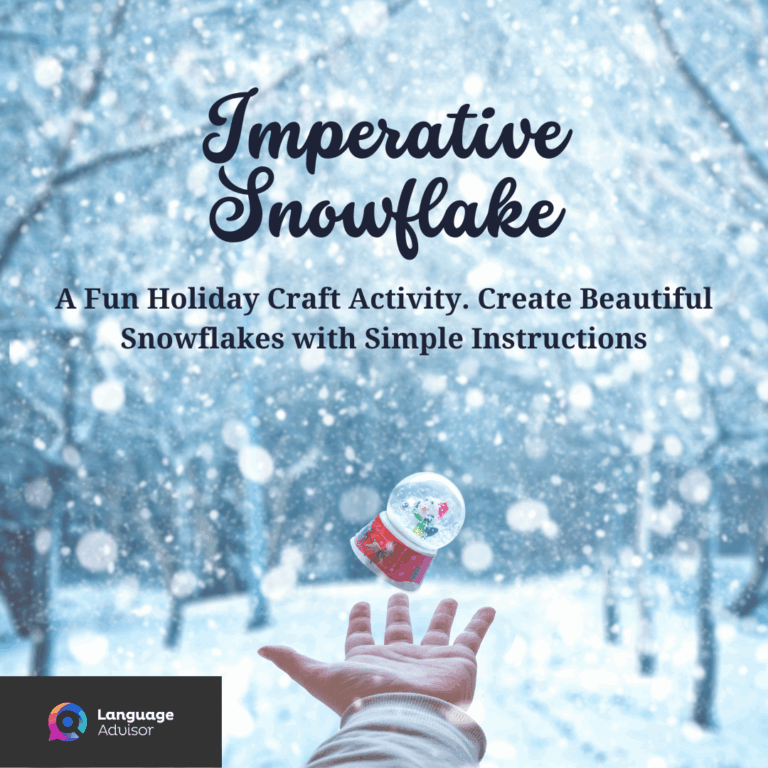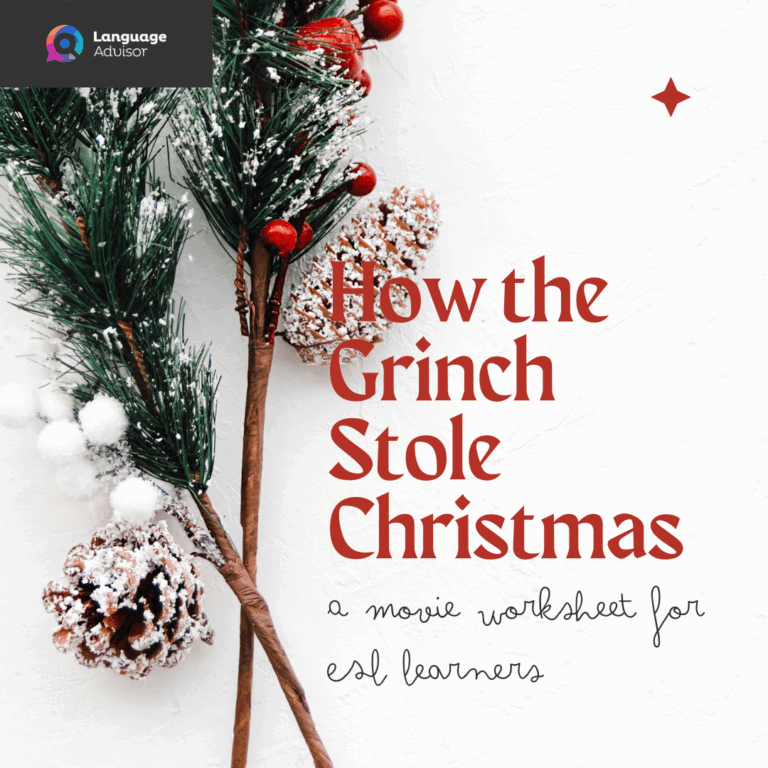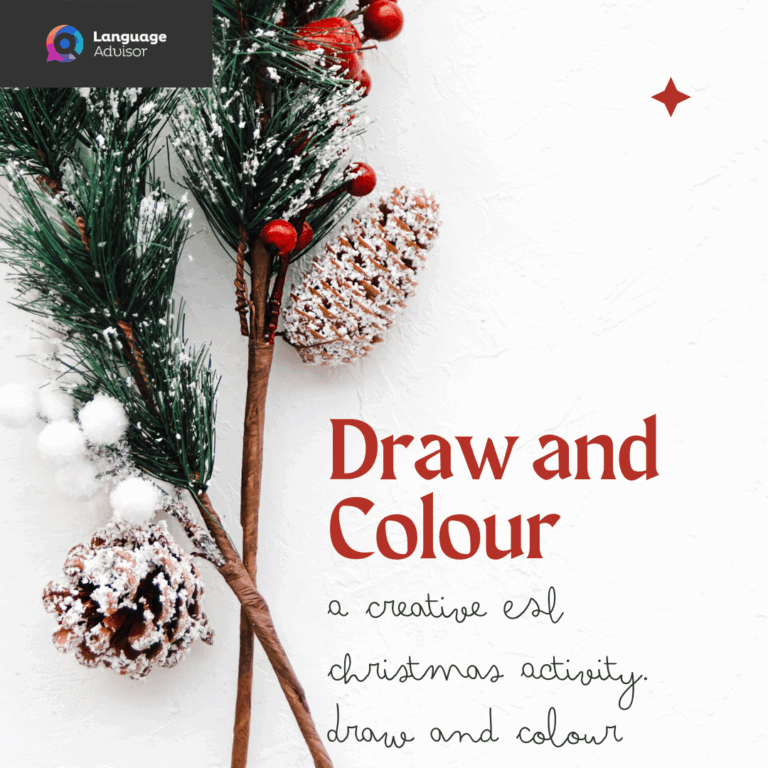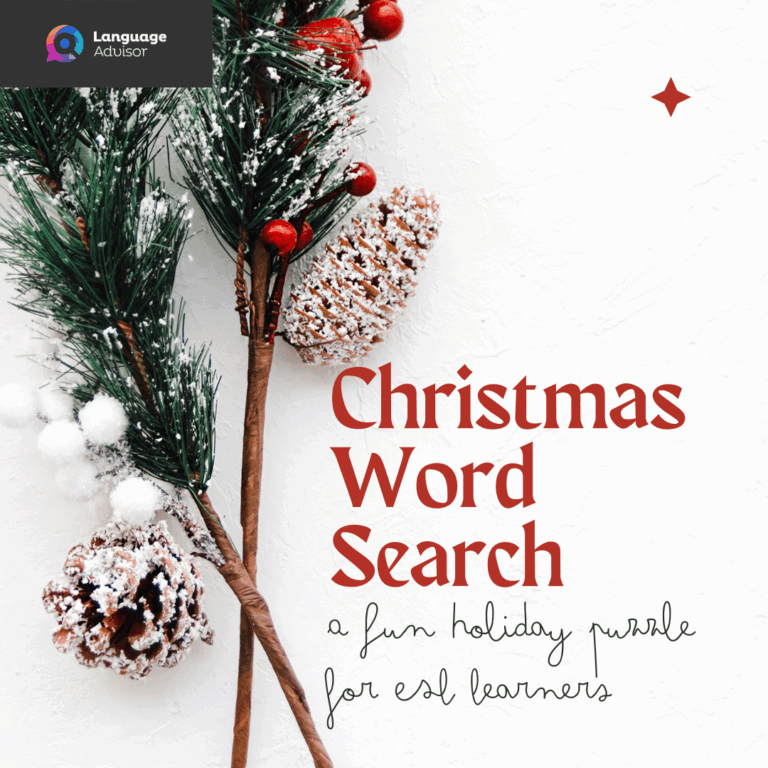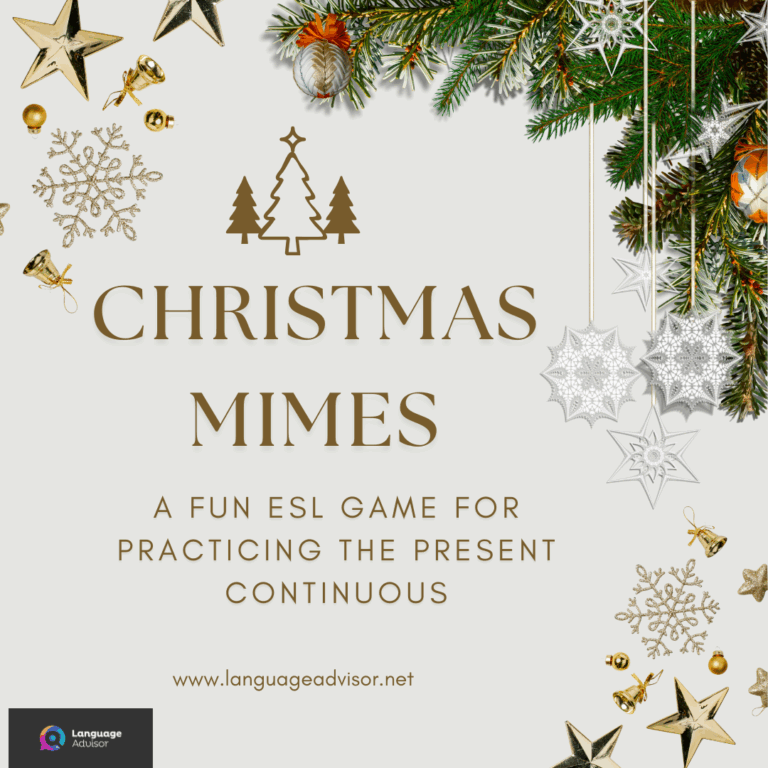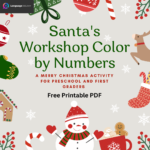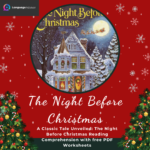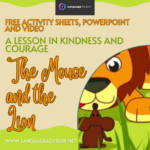Santa. Unwrapping the Magic: Santa Reading Comprehension – Explore the Enchantment with Free PDF Worksheets
Santa

Santa
Pre-reading tasks
a Ask the students to tell each other if they like dressing up or not (wearing special clothes – a costume – in order to be somebody or something different). Can they give an example, e.g. a party, a play or festival etc., when as an adult or child they dressed up? Who did they dress up as?
b Monitor while students chat and listen for any interesting comments.
c Invite a couple of students who have differing views to speak to the class.
Tip: give a simple example
“When I was little I went to a party dressed up as a duck. After that all my friends called me quacky so I really hate dressing up now!” This helps elementary students to understand the task.
d Tell students you’re going to read out the first three sentences of the reading and ask them just to listen: I have a friend called Sam who hates December. Can you guess why? He’s tall, quite fat and has a large beard. Read again if necessary.
e Can any student guess why Sam hates December? If they can’t guess just show the picture from the reading quickly, but don’t give the reading out yet.
f Then, read out the next part: Yes! His boss always asks him to dress up as Santa Claus for the children’s party, and he hates being Santa Claus. Did anyone guess correctly? Do the students understand Sam’s feelings?
g Then tell students that there are three reasons why Sam hates being Santa Claus. Can any student guess what they might be? Encourage students to think about this in pairs and then ask for suggestions.
Tip: encourage predicting
Students will be able to understand the text better if they’ve anticipated the content.
Tip: share ideas
All students, including those who couldn’t think of any suggestions, will then benefit.
2 First reading tasks
a Students each receive a copy of the reading. They have to find out:
- What are the three things that Sam hates? and
- Why does Sam feel happier at the end of the reading?
Tip: board instructions
This helps students understand better, and you don’t have to keep repeating the instructions!
Tip: tell students you only want short answers
This is a first reading task so students should just be getting the main idea of the text, they don’t need to give long answers.
b Make sure that students compare their ideas after the reading.
c Elicit the answers from the students: he hates i) the costume ii) the children (who are rude / don’t say ‘thank you’) iii) the fact that the real meaning of Christmas is lost / it’s too commercial; he feels happier because he’s going to be ’Zenta’ instead this year.
3 Second reading tasks
a Sam talks about three people: Santa Claus, Father Christmas and Zenta Claus. Students read again and explain:
- Where do each of the three people come / came from? and
- What do they do / did?
b As always students check with each other once they’ve finished.
c Feedback: Father Christmas – Britain, asked for food and drink; Santa Claus – Turkey (St Nicholas), helped people and gave children presents; Zenta Claus – Japan, thinks about the people buying things they don’t need.
Tip: think about quick feedback
If you have access to an OHT / IWB you could have the answers ready to show the students once they’ve given their suggestions.
Tip: think about other reading tasks
This reading is mainly to promote a reaction and encourage speaking. If you feel you’d like to do more with it why not ask students to read it and write their own comprehension questions for another student? Limit the questions to 5 perhaps. The questions are then swapped and answered – no preparation for the teacher and lots of work for the students!
4 Post-reading tasks – speaking
a Elicit from students other events that have become more and more commercialized over the years (e.g. Mother’s Day, St Valentine’s Day, Thanksgiving Day…)
b Write the following on the board: - Yes I agree, people buy too many things they don’t need
- Sort of, but I like shopping
- No, I disagree; it’s good to buy lots of things
Then ask students to decide if they agree with Sam or not – they can choose one of replies above. They then speak to their partner and compare their views, adding more of their own opinions if possible.
c Have a brief openclass feedback to see what most students think.
Tip: think about different speaking tasks
Students could also tell each other about something they’ve bought but never used: an ice-cream maker? an exercise machine? an article of clothing? gym membership?
5 Post-reading tasks – making a poster
a Students are going to design a poster to stop people buying so many things! Tell them to work in pairs or small groups and come up with some good reasons for people to keep their money in their wallets.
b Once they have enough ideas they have to think of the best way to present this information on a poster that’s going to be put up outside shopping centres. They’ll need a snappy heading as well to attract the attention of shoppers.
c This can be done for homework and posters compared in the following class – which one is the most effective and why?


Also check out these free resources on Christmas and New Year’s Eve


